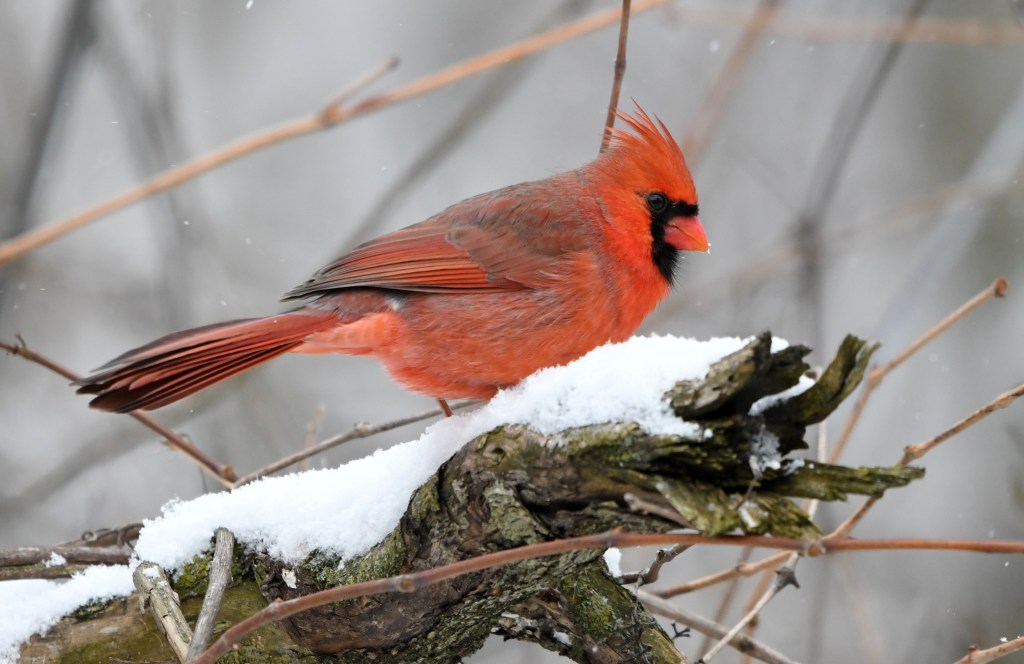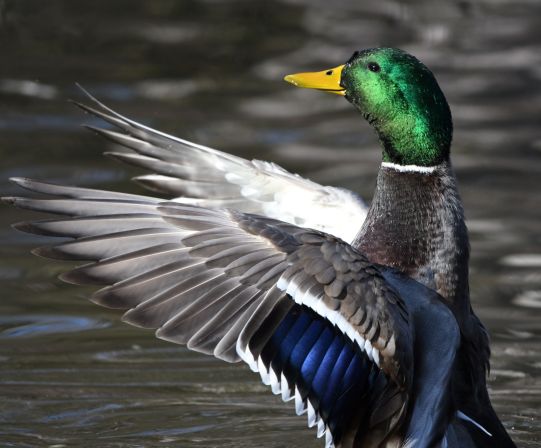February 22, 2023

On February 12th, I saw my first red-winged blackbird for the season! It seemed too early, I thought. I didn’t expect them to return until March. Within a week, though, I heard a whole chorus of red-winged blackbirds singing in the cattails down by the creek behind our house. It’s the quintessential sound of spring and I love it! I wanted to throw open all our windows and soak up that first glimmer of hope that spring would soon be here in earnest.





But as I write this, I’m snuggled up in front of a fire, with a hot cup of tea close by, hoping we won’t lose power during the upcoming ice storm. All the schools are closed, and so are many businesses, hoping to avoid disaster. The ice storm might materialize, it might not. Such are the vagaries of winter in Michigan: one day it feels like spring, and the next day it feels like we’re living in Antarctica.




I basically have a love/hate relationship with winter. I love the snow, but hate the long overcast days that bring the snow. I love getting pictures of all the winter birds that migrate through Michigan, but hate all the layers and layers of clothing I have to wear to get those pictures. I love a bright, sunny winter day as an antidote to all the gloomy ones, but it’s hard to get a good picture on a brilliant sunny afternoon against a snowy background.




Most of all, I miss the colors and all the warm-weather critters I love to photograph, like the big yellow butterflies, the swampy green frogs, the multitudes of colorful dragonflies, and the iridescent blue swallowtails that nest under the bridge in a nearby park.





Before the pandemic and before we had an aging, incontinent dog to care for, we went to Florida for a few months where I could soak up all the colors and all the interesting critters we never see in Michigan. I have taken pictures of the majestic roseate spoonbills, the brilliant purple gallinules, the pastel pink dragonflies, and a million different Florida flowers! It’s a wonderland of color that I had come to depend on to get me through the drab days of a Michigan winter.




In the meantime, I have been out looking for whatever beauty I can find wherever I can find it, and taking lots of pictures. Whether it’s a chickadee in a snowstorm, a woodpecker on a sunny day, a snow-covered deer in our backyard, or a ubiquitous brown fox squirrel peeking out around a tree in the early morning light, it’s all good, and it’s all fun.




I just wish winter didn’t last so long!





















































































































































































































